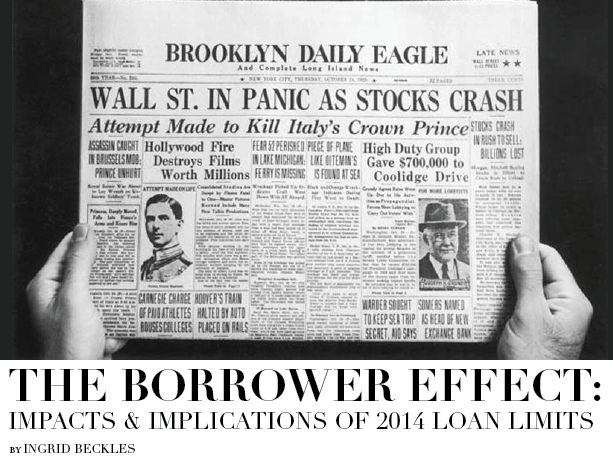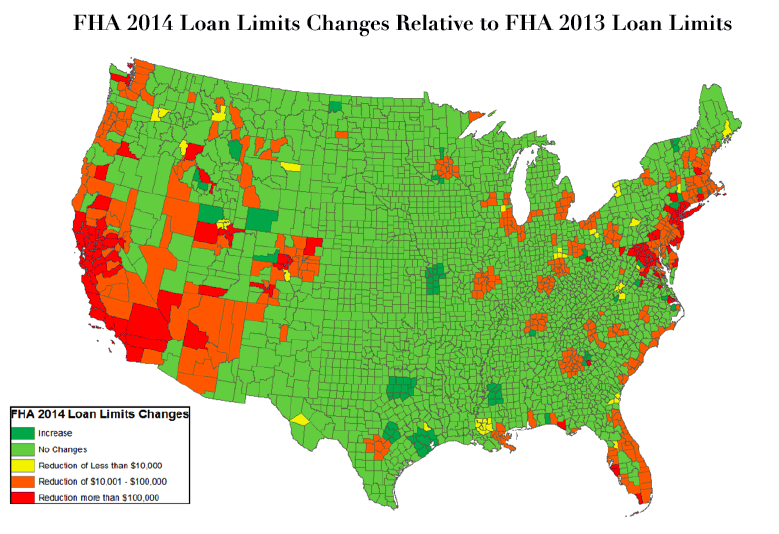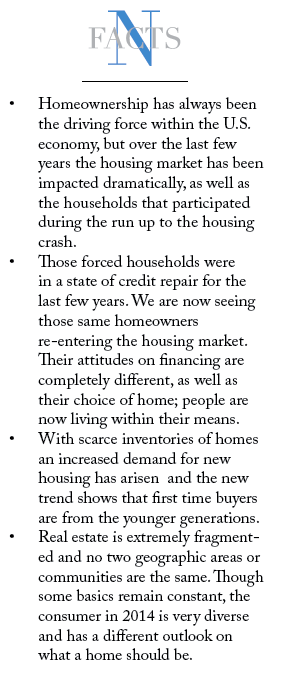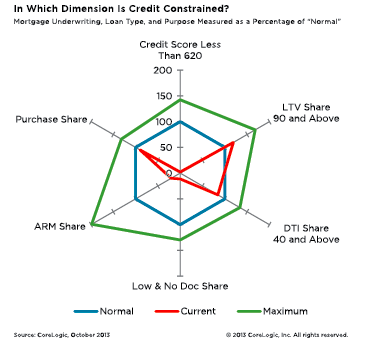

The Color Guard by The Sunburst Youth Academy opened the 29th California Women’s Conference with an exciting show at the Long Beach Convention Center. Each year, the conference gathers talented performers, doctors, successful entrepreneurs, and many more to provide an unparalleled experience for attendees. From entertainment, to financial seminars and health talks, the conference had a presentation to interest anyone.
show at the Long Beach Convention Center. Each year, the conference gathers talented performers, doctors, successful entrepreneurs, and many more to provide an unparalleled experience for attendees. From entertainment, to financial seminars and health talks, the conference had a presentation to interest anyone.
In the past, the California Women’s Conference has hosted notable speakers such as Barbara Walters, First Lady Michelle Obama, his Holiness the Dalai Lama, and Condoleezza Rice. Some of this year’s powerful and inspiring speakers included Arianna Huffington, Rosie Perez, and Ursula Mentjes. The conference—open to both men and women—lasted two full days from morning to night.

Michelle Patterson, President of the California Women’s Conference (CWC), welcomed attendees after the opening ceremony. Patterson’s theme for the conference was “Better Together” and made it clear that the next coming days would be filled with inspiration, thought-provoking presentations on pressing topics, and lighthearted fun via live concerts.
An extensive amount of exhibitors—106 total—displayed their booths at the convention center as well. The booths ranged from fashion jewelry vendors, teen magazines, universities, and women’s organizations.
Sales and Business Development Expert Ann Marie Houghtailing held multiple presentations throughout the conference regarding finances. Houghtailing created her own successful company involving boutique sales and business development. Since then, she has written a book, spoken at TEDx, and has launched the Institute for Sales and Business Development in partnership with a private university.
 Houghtailing’s goal at the conference was to help both men and women achieve financial freedom through analyzing and changing personal behavior. She successfully blended humor with informative financial awareness practices to captivate attendees at the first financial presentation of the day, Disrupting and Dismantling the Five Beliefs that are Compromising your Financial Freedom.
Houghtailing’s goal at the conference was to help both men and women achieve financial freedom through analyzing and changing personal behavior. She successfully blended humor with informative financial awareness practices to captivate attendees at the first financial presentation of the day, Disrupting and Dismantling the Five Beliefs that are Compromising your Financial Freedom.

The conference had a unique aspect that attracted people of all ages. Unlike other conferences, a section of each day was devoted to student programs that were produced by young people for young audiences. Topics of these student-themed presentations included 3 Things Every Young Woman Must Know, Flip Your Flaws, Follow Your Dreams, and various performances.
As the presentations came to a close each day, fun events took the stage. Monday night’s festivities started with a wine and cheese reception for V.I.P’s—an excellent way to network while sipping wine and sampling appetizing cheeses. Finally, a concert on the main stage brought people to their feet on both days with a lively party atmosphere. Performers included Grammy-nominated singer Mary Lambert, Nathan Osmond, Sarah Blaine, and Blessid Union of Souls.
As Tuesday night approached, Michelle Patterson and other presenters announced the winners of the online silent auction that was conducted earlier. Prizes varied from categories such as collectibles, technology gadgets, and services although many attendees had their eyes on the trip to the Riviera Maya in Mexico and Los Angeles Angels Experience. The auction and final concert made for a memorable end to the two-day conference.
NAWRB CEO Desirée Patno attended the conference. The following is her personal experience.

“The conference was almost shut down two years ago due to budget cuts. However, private intervention allowed the conference to come to fruition and portray some incredible messages with profound statements from some powerful women. It was definitely well worth the experience and demonstrates that with purpose and direction, true value can be achieved.
Lisa Nichols had a powerful session revealing some of her personal experiences, highlighting differences, and helping the audience to personally improve their own journeys. She emphasized each of her points to the audience with a concluding affirmation of “Yes, Yes.” She chose not one ‘yes’ but a second ‘yes’ to reaffirm and truly anchor her affirmation. I found myself really feeling and absorbing the messages as each one brought new direction and observation.”

 Login
Login


















 The bill establishes an Office of Minority and Women Inclusion that promotes employment and contracting opportunities to address diversity matters. The offices will coordinate technical assistance to minority-owned and women-owned businesses and establish diversity requirements throughout various industries.
The bill establishes an Office of Minority and Women Inclusion that promotes employment and contracting opportunities to address diversity matters. The offices will coordinate technical assistance to minority-owned and women-owned businesses and establish diversity requirements throughout various industries.

 Agent training sessions were provided on Sunday by BLB Resources, Green River Capital, Round Point Mortgage, Precision Asset Management, PEMCO, RIO Genesis, iServe Real Estate Operations, Matt Martin Real Estate Management, LRES, Noteschool, Wells Fargo, and Equator to help serve the attendees with direct connection with their clients.
Agent training sessions were provided on Sunday by BLB Resources, Green River Capital, Round Point Mortgage, Precision Asset Management, PEMCO, RIO Genesis, iServe Real Estate Operations, Matt Martin Real Estate Management, LRES, Noteschool, Wells Fargo, and Equator to help serve the attendees with direct connection with their clients. That evening, a charity auction featured sports memorabilia, jewelry, and purses, with bidding wars and exciting wins. Monies from the silent and live auctions benefited the REOMAC® Foundation’s Scholarship Program.
That evening, a charity auction featured sports memorabilia, jewelry, and purses, with bidding wars and exciting wins. Monies from the silent and live auctions benefited the REOMAC® Foundation’s Scholarship Program.







 The Inland Empire is comprised mainly of blue-collar workers, and a potential industrial spike will likely increase blue-collar jobs. In John Husing’s same presentation he highlighted that manufacturing could be a major growth source for the Inland Empire. This in turn will attract more workers, and as a result increase the demand for housing. With the median wage for manufacturing sectors between $40,000-$55,000, and using the industry standard that a mortgage payment should not represent more than 35 percent of monthly wages, the higher quartile of blue-collar workers qualify for a $225,000 dollar home, with a 3.5 percent down payment. What the above figure describes is a need for moderately priced housing.
The Inland Empire is comprised mainly of blue-collar workers, and a potential industrial spike will likely increase blue-collar jobs. In John Husing’s same presentation he highlighted that manufacturing could be a major growth source for the Inland Empire. This in turn will attract more workers, and as a result increase the demand for housing. With the median wage for manufacturing sectors between $40,000-$55,000, and using the industry standard that a mortgage payment should not represent more than 35 percent of monthly wages, the higher quartile of blue-collar workers qualify for a $225,000 dollar home, with a 3.5 percent down payment. What the above figure describes is a need for moderately priced housing. Scott Kueny
Scott Kueny





